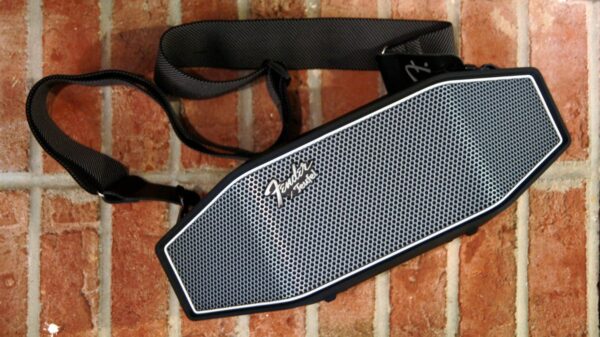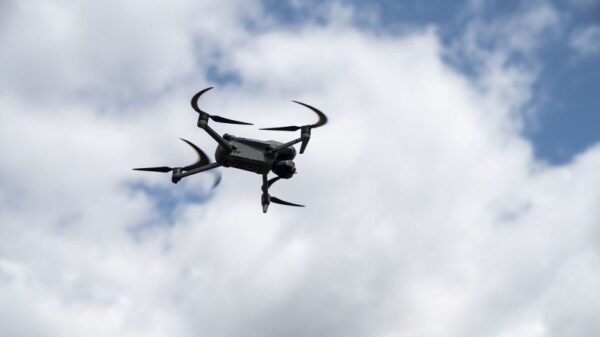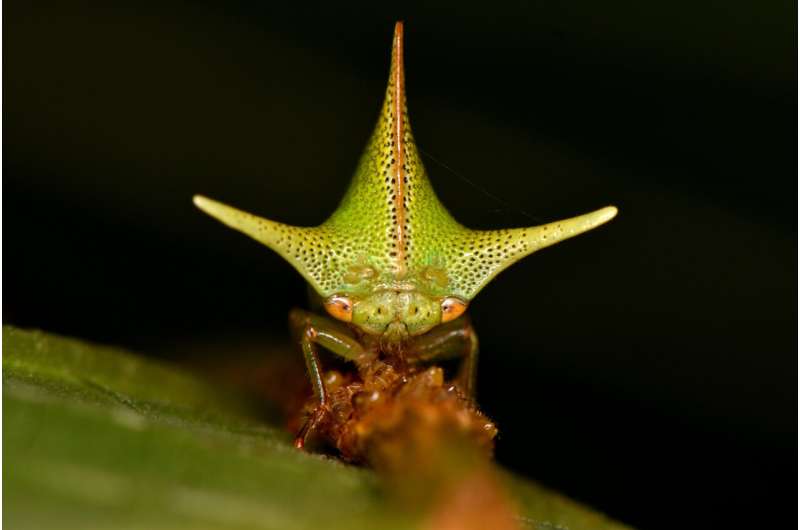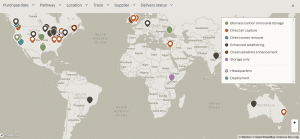Research from the University of Bristol suggests that the unusual body shapes of treehoppers may be linked to their ability to detect static electricity. This hypothesis was proposed in a recent study published in the Proceedings of the National Academy of Sciences by Dr. Sam England and Professor Daniel Robert. The study aims to shed light on the evolutionary significance of the diverse forms exhibited by over 3,000 species of treehoppers.
Treehoppers are known for their remarkable morphological diversity, boasting features such as horns, spines, and trident-like shapes. Despite their intriguing appearances, scientists have struggled to explain the purpose of these extreme forms. While some hypotheses, such as camouflage or mimicry, apply to specific species, they do not account for the entire treehopper family.
Dr. England and Professor Robert began their research by examining the electroreception capabilities of other insects. Previous studies have shown that insects, including bees and caterpillars, can sense static electricity. This led the researchers to investigate whether treehoppers’ distinctive shapes could enhance their sensitivity to electric fields.
The team discovered that predatory wasps generate static electricity and observed that treehoppers tend to retreat from electric fields. Through computational modeling, they demonstrated that the unique morphologies of treehoppers increase the electric field strength around them. This enhancement likely boosts the insects’ ability to detect static electricity, offering a potential survival advantage.
The research also revealed notable differences in the electrostatic charges carried by predatory wasps compared to the friendly stingless bees that often protect treehoppers. This finding suggests that treehoppers may rely on electrical signals to distinguish between potential threats and allies.
Dr. England commented, “We think our study provides a really exciting launch pad for investigating static electricity as a driver of organismal morphology more generally.” He emphasized that many insects and other organisms with extreme shapes remain unexplained, and their research offers the first evidence of electrostatic sense influencing morphological evolution.
Looking ahead, the scientists plan to explore how different treehopper shapes might adapt to various electrical environments. Dr. England noted, “If we can link treehopper shapes to certain aspects of their electrical ecology, like specific predators which approach from certain angles with particular static charges, this would really begin to strongly support our ideas around static electricity as an evolutionary driver.”
This groundbreaking research not only contributes to our understanding of treehoppers but also opens avenues for further exploration into how static electricity may influence the evolution of other organisms. The study is a significant step toward unraveling the complexities of insect morphology and provides a new perspective on the adaptations that help these creatures thrive in their environments.
For more details, refer to the original study by Sam J. England et al in the Proceedings of the National Academy of Sciences (2025). DOI: 10.1073/pnas.2505253122.






























































